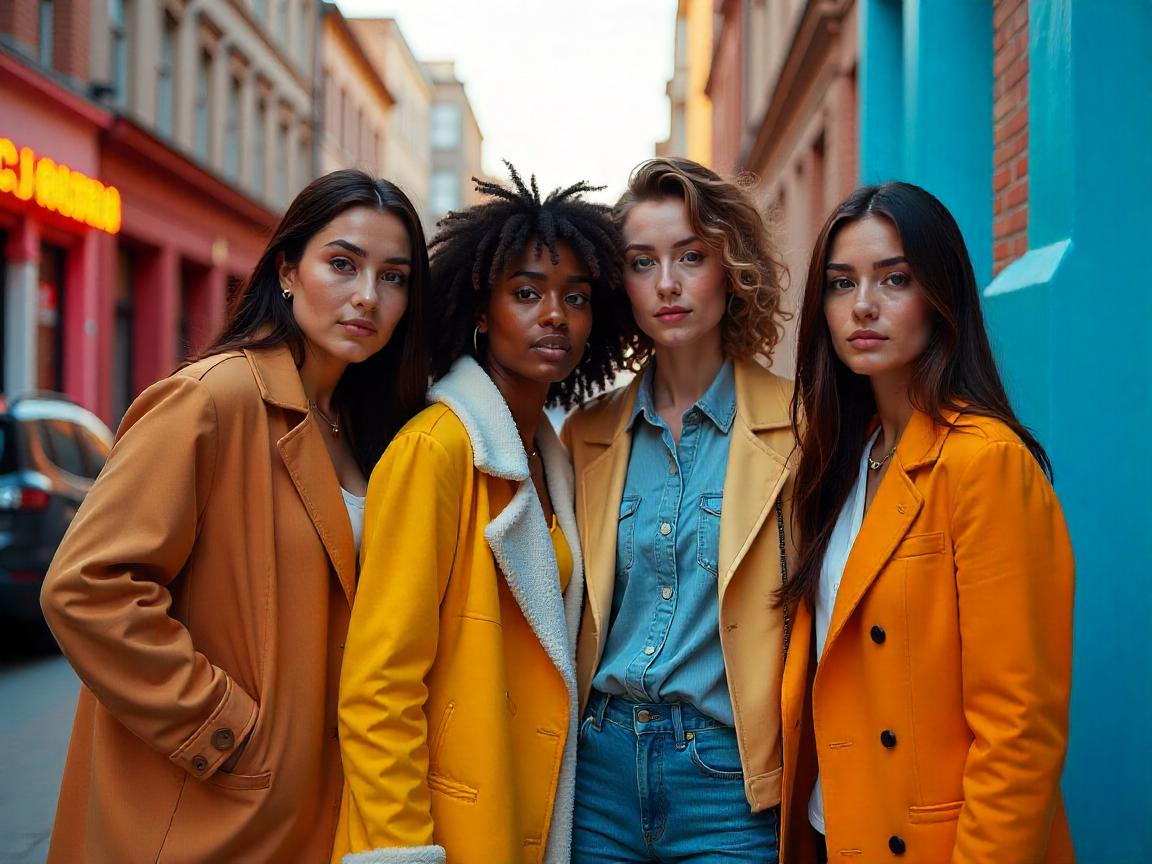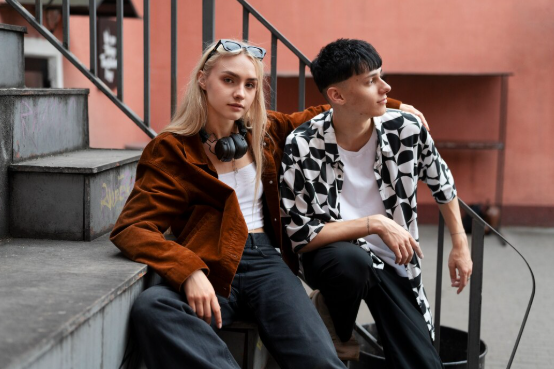Bypassing the Filters: What Is Baddie.hub?
“Baddie.hub.” It sounds like a username. Or a TikTok handle. Maybe a new content platform. But scroll a touch deeper, and you’ll realize it’s not just a web page—it’s a virtual identity, a movement, a mirror held up to the trendy beauty way of life.
In the sector of quick-shape films, curated feeds, and hyper-attention, Baddie.Hub represents a significant node within the baddie aesthetic universe. It isn’t owned by any person, character, brand, or platform. Instead, it’s a conceptual hub—a crossroads of fashion, femininity, monetization, and performance. And in the algorithm’s gaze, it thrives.
The Origins of the ‘Baddie’ Persona
Long before Baddie.Hub became a buzzword or clickable link, and the baddie archetype was building steam. Born on Instagram around the mid-2010s, the baddie wasn’t just quite—she changed into polished, defiant, pricey-looking, and constantly on the emblem. Think perfect brows, athleisure became the excessive fashion, pouty lips, and a selfie that would double as a mag cover.
The aesthetic took cues from the Black lifestyle, hip-hop style, and streetwear, merged with influencer polish and capitalistic ambition. Rihanna was a blueprint. Kylie Jenner helped mainstream it. Doja Cat evolved it. Millions followed suit.
The message was clear: You could be your brand, your muse, your bag.
Baddie.hub as a Digital Space
So, where does Baddie.hub come in? Think of it as the curated archive of this aesthetic movement. Whether it’s an Instagram aggregator, a website selling “baddie” presets and posing guides, or a subscription-based content space—Baddie.hub isn’t just showing you how to look the part. It’s helping you become the part.
Some Baddie.hub pages are built like fashion lookbooks. Others feature rising influencers and their glam shots. Some lean toward adult content with a monetized twist, offering “exclusive baddie content” behind a paywall. But the core idea remains:
This is where baddies come to be seen. And paid.
Inside the Aesthetic: What Makes a Baddie a Baddie
To understand the gravity of Baddie.hub, you have to understand what a baddie represents in digital culture. It’s not just makeup and fashion—it’s deliberate presentation. It’s a character that blends authenticity with strategy.
The Ingredients:
- Face beat: Full glam. Contour. Lashes. Brows are sharp enough to cut tension.
- Fit check: Usually tight, cropped, and branded. Think Fashion Nova, PrettyLittleThing, or Balenciaga if the budget fits.
- Angles: She knows them. Lighting? Nailed it. Filter? Just enough.
- Vibe: Confident, slightly aloof, maybe captioned with “You could never.”
But here’s the twist: beneath the look is often a woman running a one-person content business. Shooting. Editing. Posting. Engaging. Promoting. In that way, Baddie.hub isn’t just a trend—it’s a career path, and increasingly, an industry in itself.
When the Brand Becomes the Body
Platforms like Baddie.hub often center on the body as the brand. Skin is curated like a campaign. Poses are product shots. The line between real and aspirational blurs.
But this raises tough questions. Is it empowering? Or is it another polished cage?
Critics say the baddie aesthetic is filtered femininity—perfected for male consumption, shaped by algorithms that prioritize certain body types, tones, and aesthetics. Others argue the opposite: that it’s a radical act of control. Women decide how they show up, how they earn, and how they define “sexy” on their terms.
Like all digital trends, the truth probably lives in the tension.
Baddie. Hub and the Monetization of Femininity
Let’s talk money. Because Baddie.hub isn’t just about vibes. It’s a business. Creators link to affiliate fashion pages, sell access to premium content, partner with beauty brands, or run coaching sessions for new influencers.
Baddie coaching is a thing now. Posing lessons. Confidence classes. Social media audits. The “Baddie Economy” is no joke.
For those who know how to play it right, Baddie.hub becomes:
- A passive income stream through sponsored posts
- A subscriber model for risqué or exclusive content
- A launchpad for beauty brands, fashion lines, or eBooks
In many ways, it’s the digital equivalent of being your marketing firm—only the product is you.
The Problem with the Mirror
But the baddie lifestyle—especially the kind seen on Baddie.hub—can come with digital fatigue. Maintaining the image is labor. Posting daily. Looking flawless. Avoiding burnout while staying “relevant.”
There’s also the reproduction of sameness. Critics point out how the baddie aesthetic, once rooted in diversity and defiance, now often feels cloned. Same outfits. Same face. Same angles.
Where’s the individuality?
Creators respond in different ways. Some lean harder into niche styles. Some embrace unfiltered content. Others double down—embracing the artifice as part of the performance. After all, isn’t Instagram already theater?
Digital Feminism or Market-Driven Performance?
Here’s where things get interesting. Is Baddie.hub a feminist?
Some say yes. It’s digital autonomy. It’s self-made. It’s women owning their looks, their gaze, and their income.
Others argue it’s a performance shaped by capitalism, designed to meet beauty standards that are just another form of pressure. It’s empowerment, but only for those who fit the mold.
And what about the creators who don’t look like the typical baddie? Plus-size baddies? Disabled baddies? Trans baddies? Slowly but surely, they’re claiming space on platforms like Baddie.hub—but the algorithm isn’t always on their side.
That’s where change needs to happen.
Globalization and the Baddie Identity
The “baddie” aesthetic is no longer Western. From Nairobi to Manila, Rio to Berlin, creators are remixing the classy to suit their very own cultures. African baddies combo Ankara prints with high fashion. Middle Eastern baddies fuse modest fashion with bold glam. Latin American baddies frequently draw from reggaeton and road style.
Baddie.Hub-kind systems now function as cultural move-sections, showing that beauty, confidence, and fashion are a long way from one-size-fits-all.
Where It’s Going: The Future of Baddie.hub
So what comes next? If you follow the trendlines, Baddie.hub could evolve in some major ways:
1. Virtual Baddie Realms
As the metaverse and VR gain ground, we can also see baddie avatars with fashion drops, pose packs, and AR filters dominating spaces like Zepeto or Roblox.
2. Baddie AI & Avatars
AI-generated baddies are already here—some with thousands of followers. The ethical implications? Still murky. But the lines between real and virtual will blur further.
3. Baddie Activism
The new wave is smarter, louder, and extra-political. Expect baddie creators who campaign, fundraise, or communicate out, proving you may put on lashes and care approximately whether exchange or reproductive rights.
Final Word: It’s More Than Aesthetic
Baddie.Hub isn’t only a content material trend or another Instagram vibe. It’s a mirror of how we value image, presence, and energy within the digital age. It can be shallow or strategic. Exploitative or empowering. Often, it’s all those matters at once.
But one thing is clear: Baddie.Hub is a cultural second, an assertion that how we look online is no longer pretty much searching true—it’s about proudly owning the narrative, in an international that’s always looking.
Stay in touch to get more updates & alerts on BaddiehubX! Thank you




